His childhood was completely imbued with Jewish culture. His father, who took care of the synagogue, educated him according to the precepts of the Jewish religion, hoping that he would become a rabbi.
The young boy then learned to draw in secret. Mané-Katz is the painter of rabbis, ghettos, and the Righteous, the painter of dispersion, a true witness and poet of his people.
Even if he does not want to be only a Jewish painter and has dedicated works to flowers, landscapes of Paris, Vendée and Brittany, he remains an interpreter of the Jewish communities of Central and Eastern Europe.
His works are colorful, lively, expressive, attractive, poetic and solar.
Upon his death in 1962, the newspaper Le Monde wrote:
The disappearance of Mané-Katz will affect not only those who followed his work with interest but also those familiar with Montparnasse, of which he was the most picturesque star. There was both in his large paintings on the themes of the Bible or the circus, as in his behavior, an enthusiasm and a playfulness that belonged only to this Ukrainian from Paris. One sometimes came to be surprised that they could emanate from this lively and humorous little man.




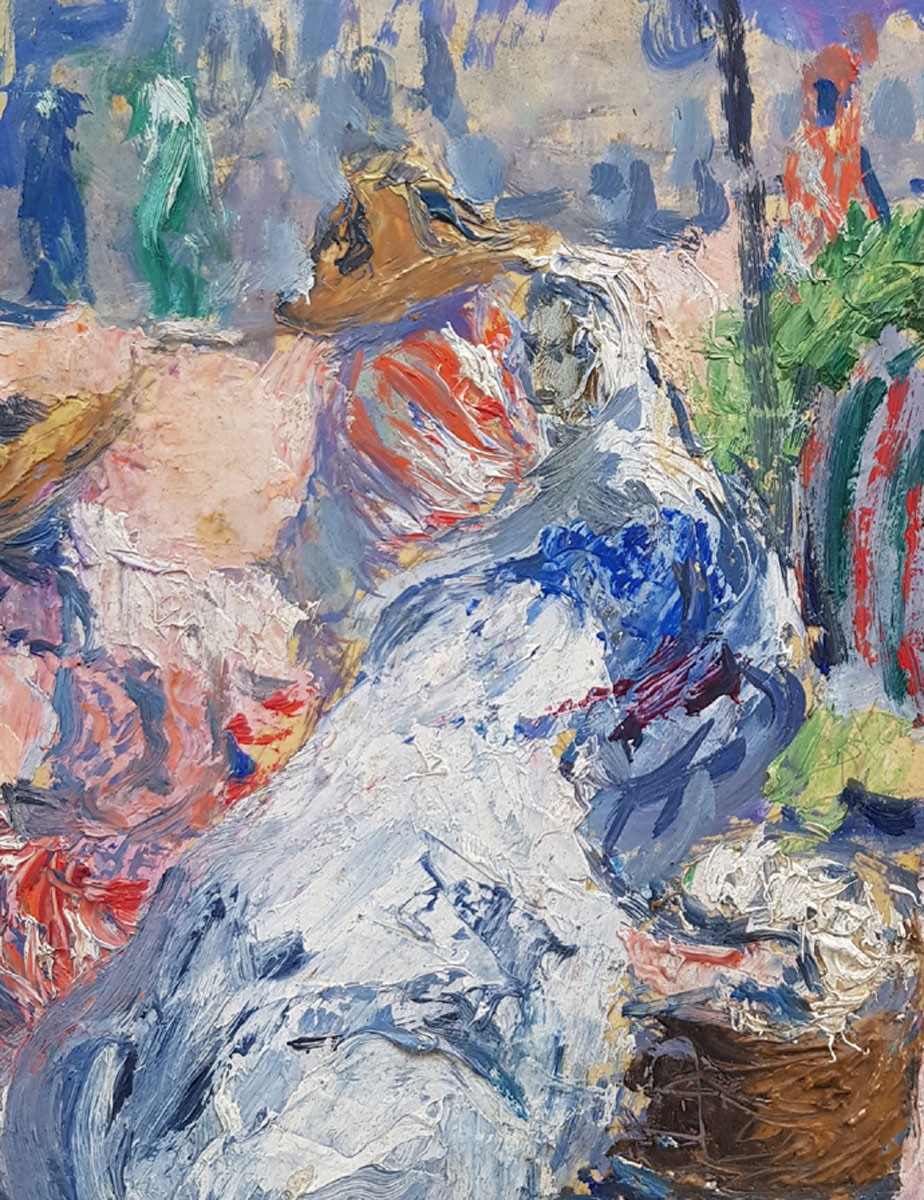
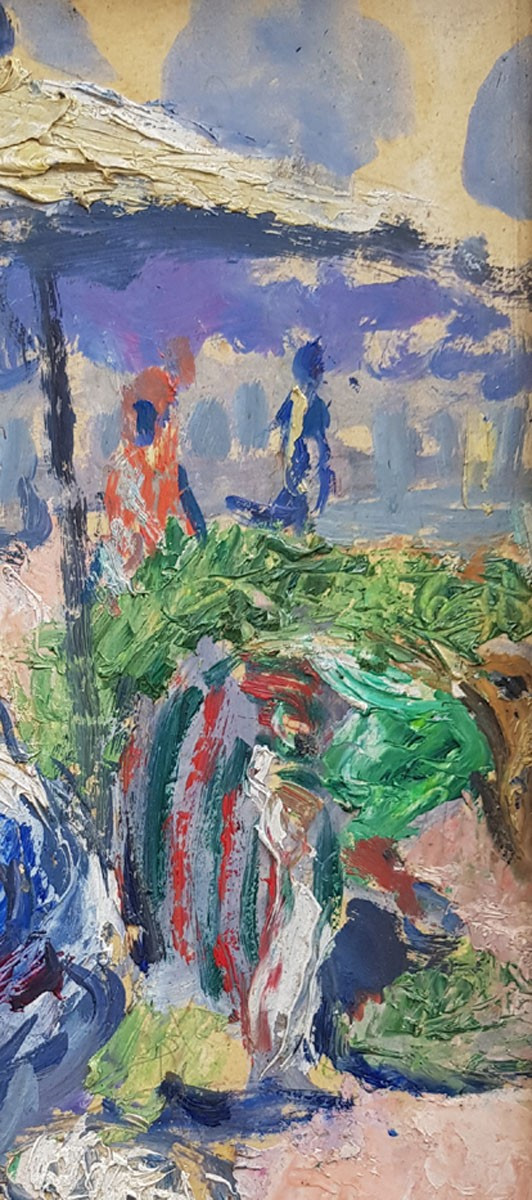








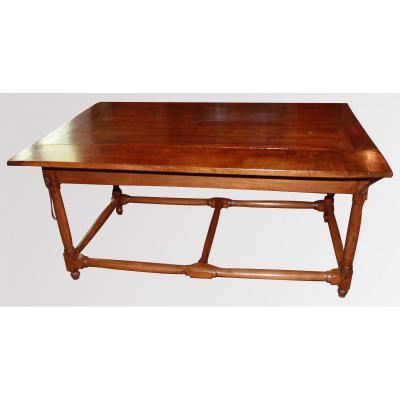


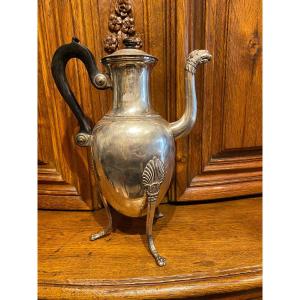

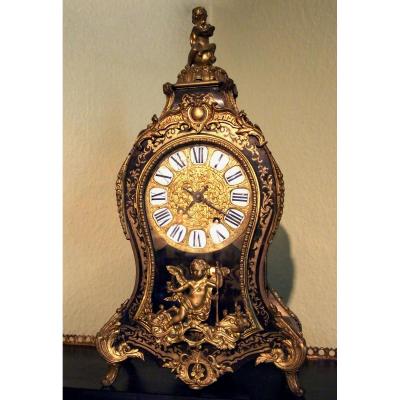

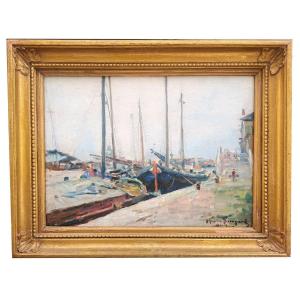
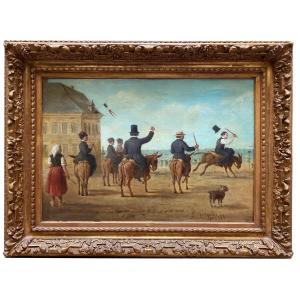

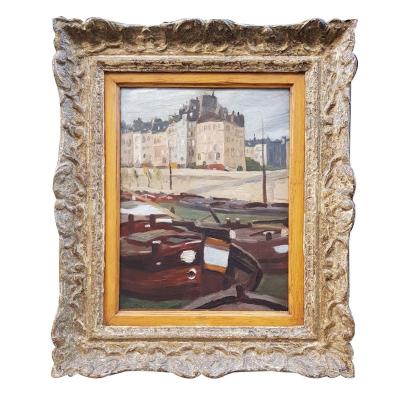
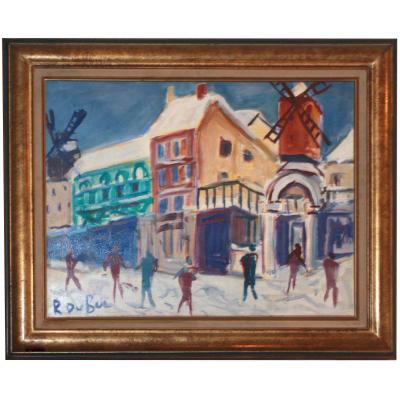








 Le Magazine de PROANTIC
Le Magazine de PROANTIC TRÉSORS Magazine
TRÉSORS Magazine Rivista Artiquariato
Rivista Artiquariato